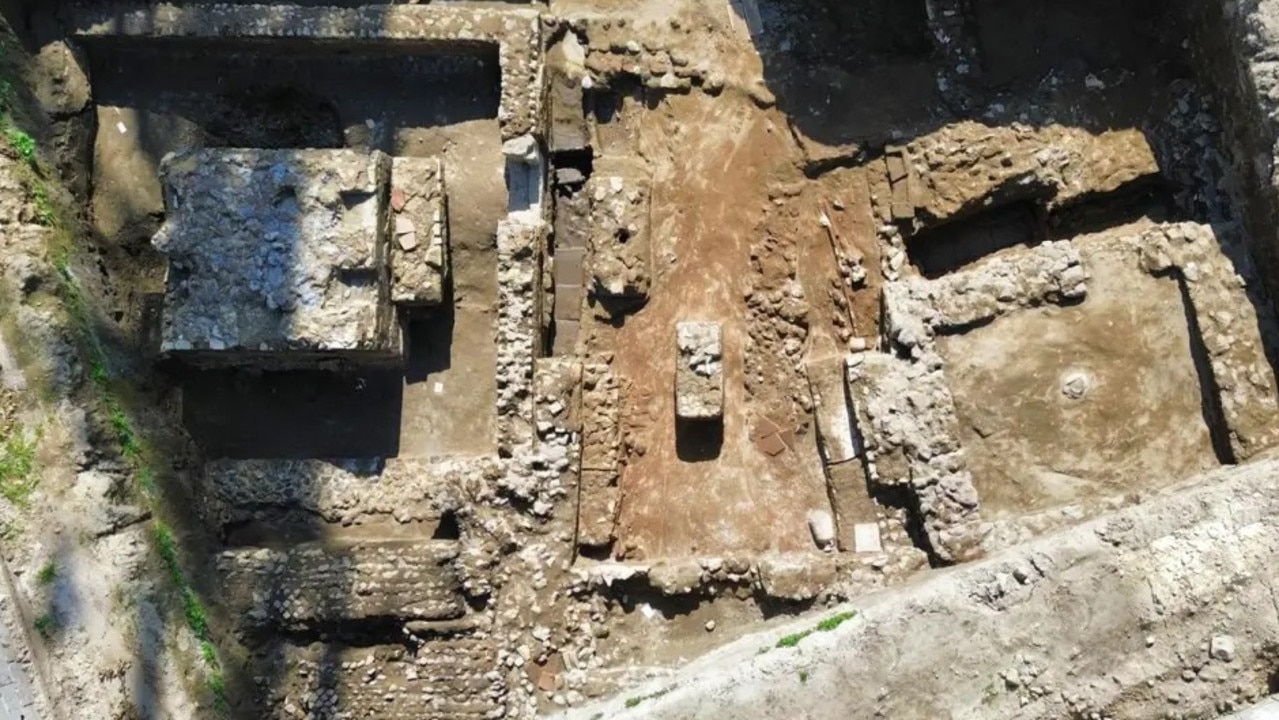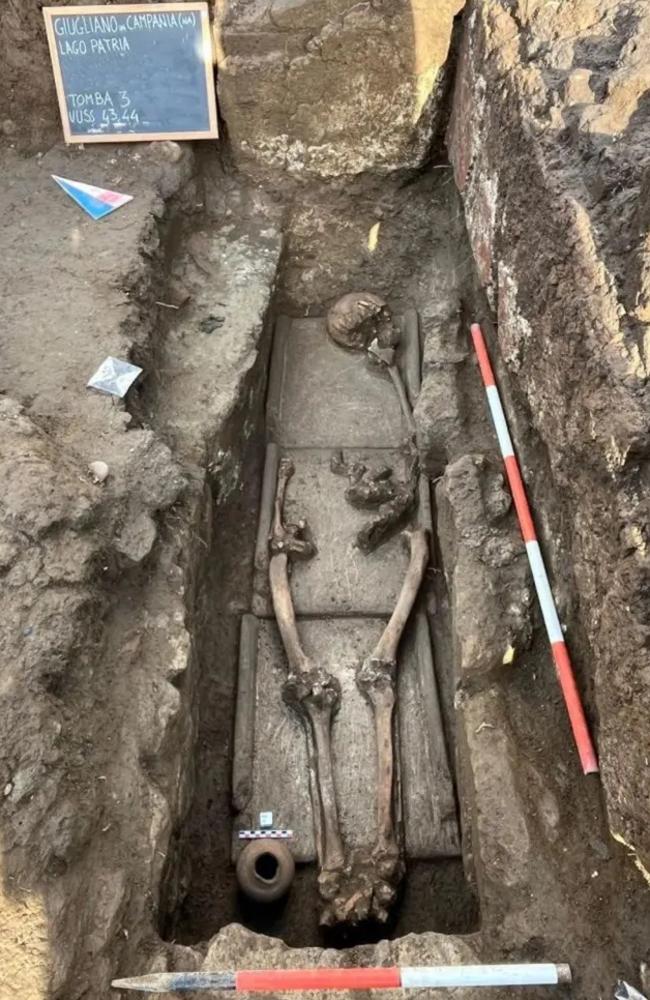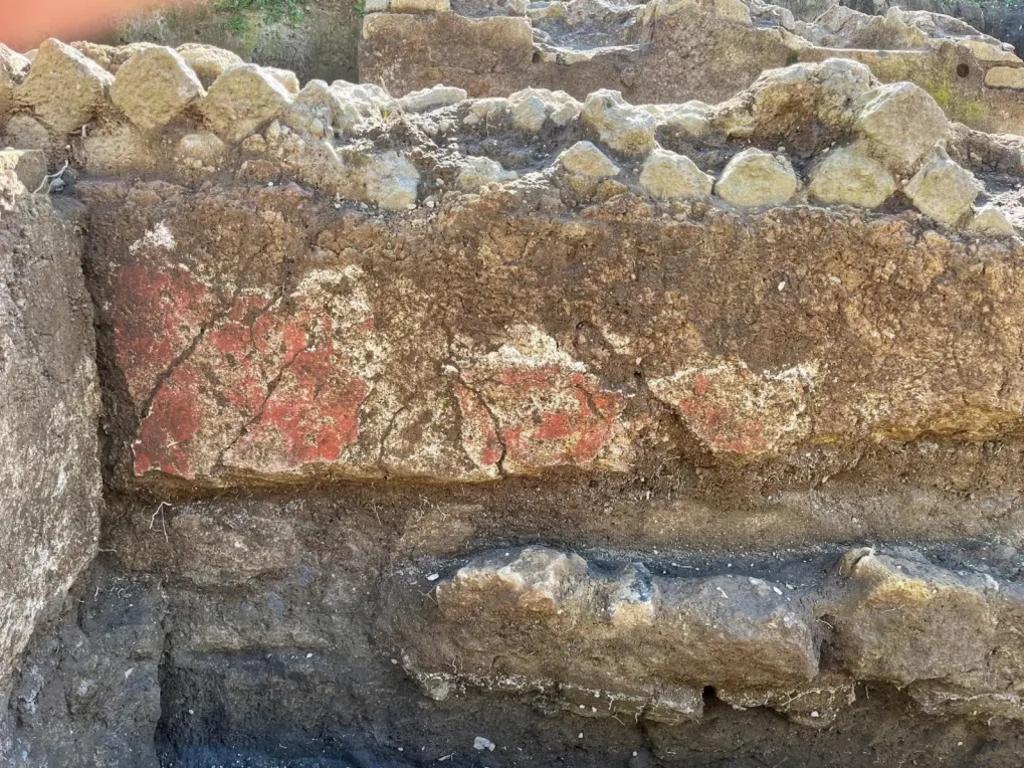‘Rare’ lost tomb of Roman gladiator found 2,000 years later in ‘extraordinary’ discovery: scientists
Archaeologists in Italy have discovered a tomb of an ancient Roman gladiator that lay hidden for 2000 years.
Archaeologists in Naples, Italy, have shed new light on the lives of Roman gladiators after discovering a tomb for one of these ancient warriors that lay hidden for 2000 years.
The findings offer a “rare and touching testimony to the memory of these fighters in the society of the era,” according to the Facebook page of the Superintendence of Archaeology, Fine Arts and Landscape for the Naples Metropolitan Area.

Researchers made the “extraordinary” find while excavating a 1,600-square-foot necropolis — an ancient cemetery with ornate tomb monuments — located near the location of the ancient settlement of Liternum, an ancient town in Giugliano, Campania that flourished from the 1st-3rd centuries BC, the Daily Mail reported.
It was reportedly located close to a forum and amphitheatre where these iconic combatants — perhaps even the warrior in question — clashed for spectators’ entertainment a la Ridley Scott’s immortal 2000 action thriller Gladiator.

Said repository did not contain the actual remains of the warrior. However, researchers identified it as a gladiator burial ground thanks to a funerary inscription that was engraved in the marble, Popular Mechanics reported.
One of several epitaphs found on site, the inscription is “a valuable document for understanding the role and memory of these fighters in Roman society,” per a translated statement by the Superintendence.
It could have also indicated that the necropolis could’ve housed the remains of a number of the famed fighters.

It’s unclear if said individual died in combat or via other causes. Interestingly, contrary to depictions in movies like Spartacus, gladiatorial battles often didn’t go to death because, among other reasons, skilled warriors were expensive — you wouldn’t want to sacrifice your star quarterback every game.
This epitaph was one of several fascinating discoveries uncovered during the excavation, during which the diggers reportedly unearthed between 20 and 30 tombs.
Among the most notable were two funerary enclosures with surprisingly well-preserved designs, including decorations with the white plaster mould and red paint still intact and a mausoleum with grey blocks measuring up to 10 feet long.

This section was carved with plastic niches inside the tombs that contained urns, indicating that this burial ground was used for quite some time.
Other finds included coins, oil lamps, small vases and a deep well that researchers believe could’ve been used for funerary rites.
“The territory of Giugliano is experiencing a particularly fruitful moment from the point of view of archaeological research,” said Marian Nuzzo, superintendent of archaeology for Naples, in a statement.
The researcher said that the necropolis provides “an important piece to our knowledge related to the settlement of the Liternum colony and constitutes a unique opportunity to [deepen] the study of ancient civilisation, and the historical and cultural context of the time.”
In the future archaeologists hope to continue excavating the area so they can shed more light on life in the surrounding Roman colony at the time.
“It will be possible to achieve important results in the field of knowledge of a territory of crucial relevance from a historical and archaeological point of view,” declared Nuzzo.
This article originally appeared on the New York Post and was reproduced with permission





